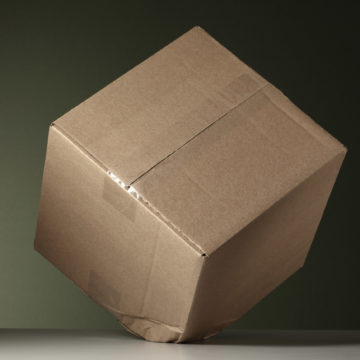Damage to goods is one facet of the supply chain that tends to be overlooked. Logistics departments always register supply chain risk and insurance as factors requiring oversight. Other departments tend not to bother paying the cost of protection.
The cost of supply chain damage has a ripple effect, and plays an impact on overall supply chain management. This post discusses where supply chain damage occurs, the effects of supply chain damage and how to prevent it.
Where supply chain damage occurs
Supply chain damage tends to occur during transit or movement of goods. Depending on the item, bumps on the road, impact against storage containers or temperature changes can damage goods. The effects of supply chain damage are manifold, and tend to have a large impact across sales, administration and customer service departments.
The effects of supply chain damage
The effects of damage within a distribution chain start with the time it takes to file a freight claim. This can take two hours per item – a huge expense to any business.
Storage is needed to house damaged goods. This requires space in addition to that used for the storage of undamaged goods. Property taxes, utilities, rent and mortgages must be paid. Costs tends to exponentiate fairly rapidly.
Sales of damaged goods must be facilitated to ensure minimal losses. This requires organisation, resources and time. If goods are damaged regularly, the reputation of the company selling them can become damaged. Damaged goods compete with undamaged goods, which may reduce sales of the undamaged items.
Reshipping due to damage on arrival takes time. Customers may be inclined to shop elsewhere because they needed an item by a specific date. The costs of reshipping aren’t insignificant either, particularly if goods are being damaged regularly.
Customer service teams certainly won’t appreciate the extra workload needed to placate clients following receivership of damaged goods. The time it takes to convey remorse to a customer is a wasted sales opportunity too. Growth tends to stagnate when time is wasted handling damaged goods.
Preventing supply chain damage
The cost of supply chain damage has been quoted as more than $300,000 p/h to organisations with more than 1,000 employees. This huge loss can be mitigated by investing in impact monitors, tilt monitors and temperature monitors.
Additional methods that prevent supply chain damage include research and development into packaging and containers that reduce the harm to goods in transit. Spotting these trends and solving the underlying problems prevents future occurences.
Supply Chain Monitoring Equipment
Shockwatch stocks a range of supply chain monitoring equipment used to prevent damage in the movement of goods. Access our products page for more information about impact monitors, tilt monitor and temperature monitoring equipment. Contact us for all bulk orders or for more information about any of our products.


